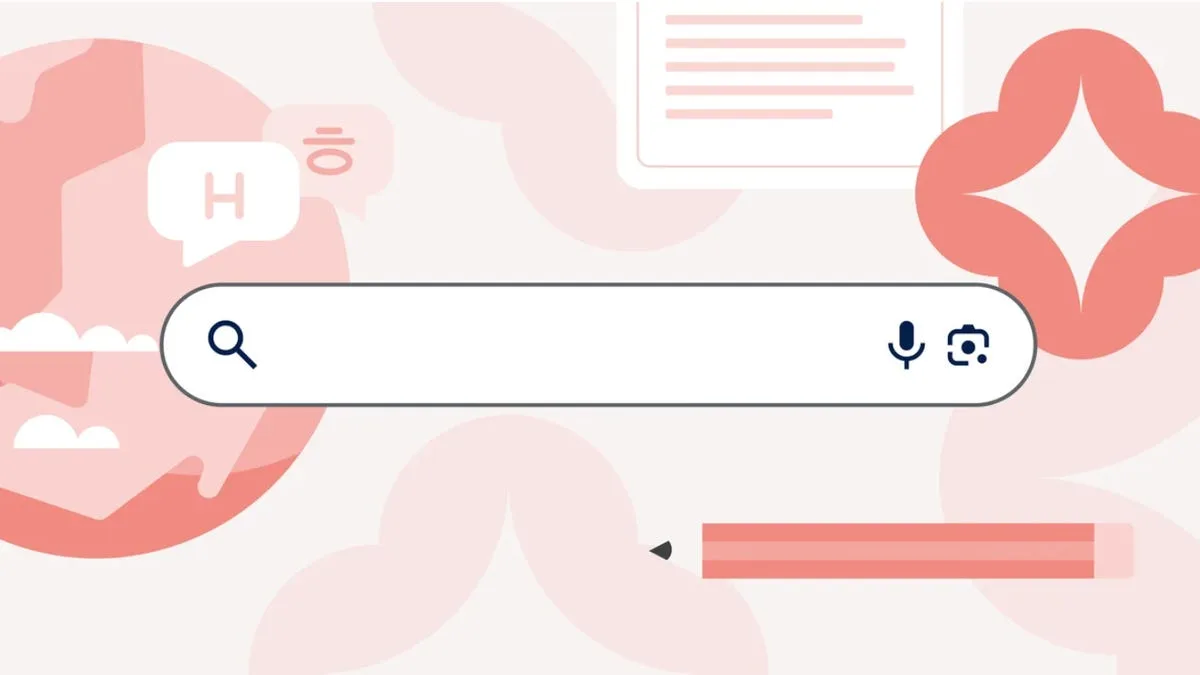Revolutionizing Hospital Sanitation: The Emergence of Intelligent Disinfection Robots
Introduction to a Challenging Problem
In the wake of global health emergencies, such as the COVID-19 pandemic, the need for effective disinfection technologies within healthcare settings has never been more urgent. Understanding this necessity, researchers have recently unveiled an innovative solution: the Intelligent Autonomous Wiping and UV-C Disinfection Robot. This groundbreaking technology aims at streamlining hospital sanitation processes and significantly reducing the risk of infections.
Meet the Innovators Behind the Technology
The research team, comprising Professor Keehoon Kim and Ph.D. candidate Jaewon Byun from the Department of Mechanical Engineering at POSTECH (Pohang University of Science and Technology), has made substantial strides in automated disinfection systems. Their findings have been documented in a new article in the esteemed journal, IEEE Robotics & Automation Magazine.
The Importance of Hospital Disinfection
During the COVID-19 pandemic, hospitals faced overwhelming pressure to maintain high standards of cleanliness. Physical fatigue among staff, risk of pathogen exposure, and labor shortages made conventional disinfection methods less effective. Added to that, manual compliance with disinfection protocols showed variability, raising doubts about human performance consistency.
Limitations of Current Technologies
Existing technologies—notably UV-C robots and hydrogen peroxide vapor systems—fail to effectively eliminate contaminants hiding in hard-to-reach nooks. This limitation has necessitated the development of more proficient systems to address sanitation challenges in healthcare environments.
The Autonomous Cleaning Revolution
To tackle these issues, the POSTECH team designed an autonomous robot adept at navigating complex hospital environments while performing extensive disinfection tasks. Equipped with a dual disinfection system, this robot utilizes a robotic manipulator for wiping surfaces and UV-C irradiation for targeting hard-to-reach corners.
Real-World Testing at Pohang St. Mary’s Hospital
The robot’s efficacy was validated through extensive real-world testing at Pohang St. Mary’s Hospital. Bacterial culture experiments confirmed its disinfection effectiveness, while repeated autonomous operations demonstrated its durability in clinical settings.
The Role of Videos in Showcasing Performance
For a visual representation of its capabilities, check out the following video that details the robot’s performance in a real hospital setting.
Watch the Disinfection Robot in Action
Video of Autonomous Robotic Disinfection Performance in a Real Hospital Environment. Credit: POSTECH
Precision Versus Human Variability
One key advantage of this innovative robot is its ability to automate repetitive and time-consuming disinfection tasks. By doing so, healthcare professionals can focus on critical patient care activities. Unlike human workers, the robot is programmed for consistent precision, significantly minimizing infection transmission risks within hospital walls.
Smoothing Out Operational Failures
Precision control algorithms were developed to minimize operational failures, enabling the robot to deliver reliable performance under varied conditions. The integration of a self-sanitizing station and a wireless charging system adds to its operational efficacy, ensuring uninterrupted service.
Future-Proofing Against Pandemics
Professor Kim emphasizes the ongoing relevance of such technologies, stating, “Even as COVID-19 transitions to an endemic phase, we must remain prepared for future pandemics.” The long-term vision includes extending this disinfection technology beyond hospital confines and applying it to public infrastructures and everyday environments.
Visual Highlights of the Innovation
The article features several images showcasing the disinfection robot in action:
Credit: POSTECH

Credit: POSTECH
Further Insights on the Research
Additional insights into this innovative technology can be found in the full article detailing the robotic capabilities:
Jaewon Byun et al, Autonomous Ultraviolet-C Disinfection and Wiping Robot: Assessment in a Hospital Environment, IEEE Robotics & Automation Magazine (2025). Read More Here.
Concluding Thoughts
As healthcare facilities increasingly turn to automation in cleaning and disinfection methods, technologies like the Intelligent Autonomous Wiping and UV-C Disinfection Robot represent a pivotal shift. Not only do they promise to enhance sanitation protocols, but they also ensure that healthcare workers are empowered to focus on what matters most: patient care. With continued advancements, we can look forward to a future where infection risks are drastically reduced in hospitals and beyond.







